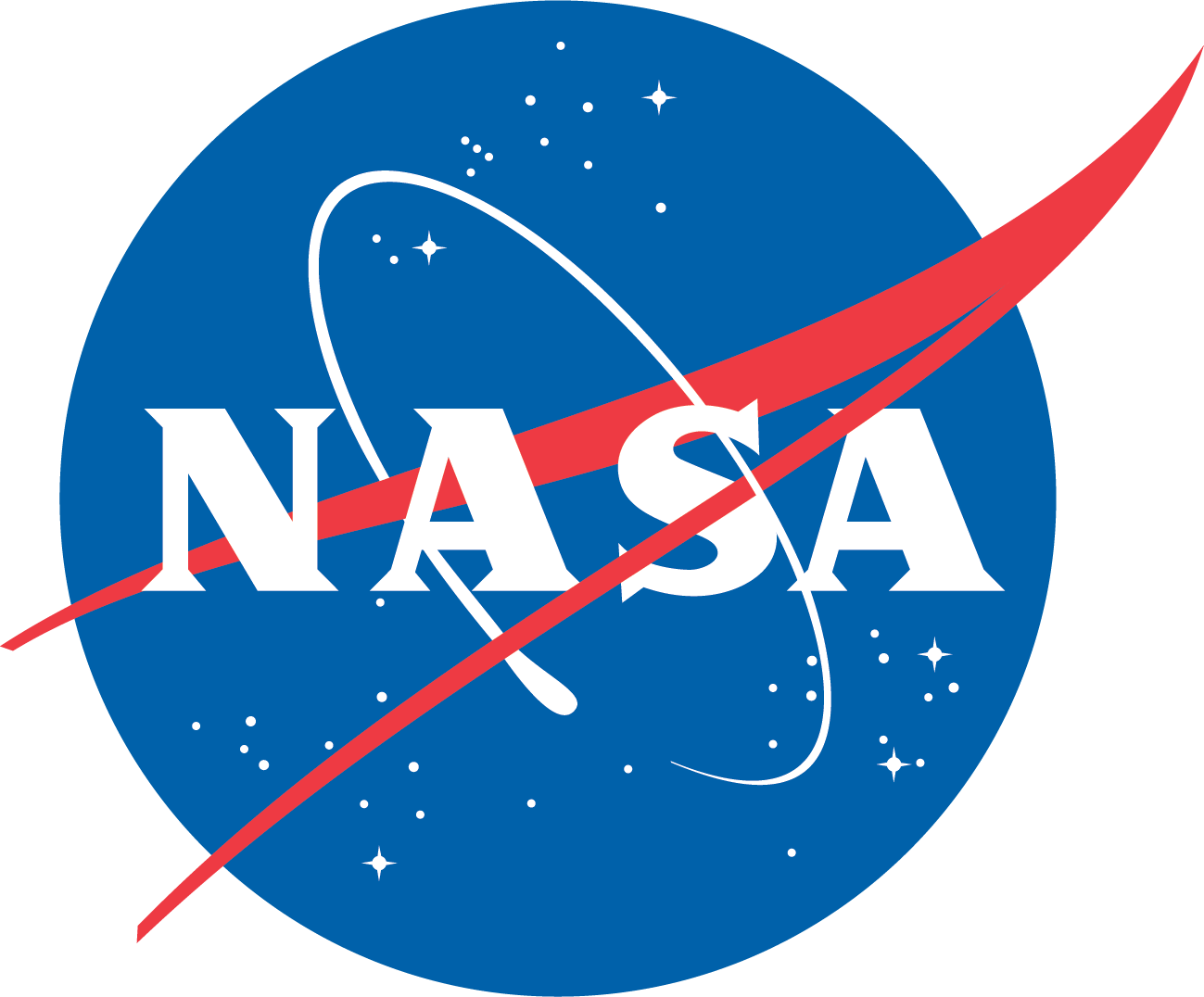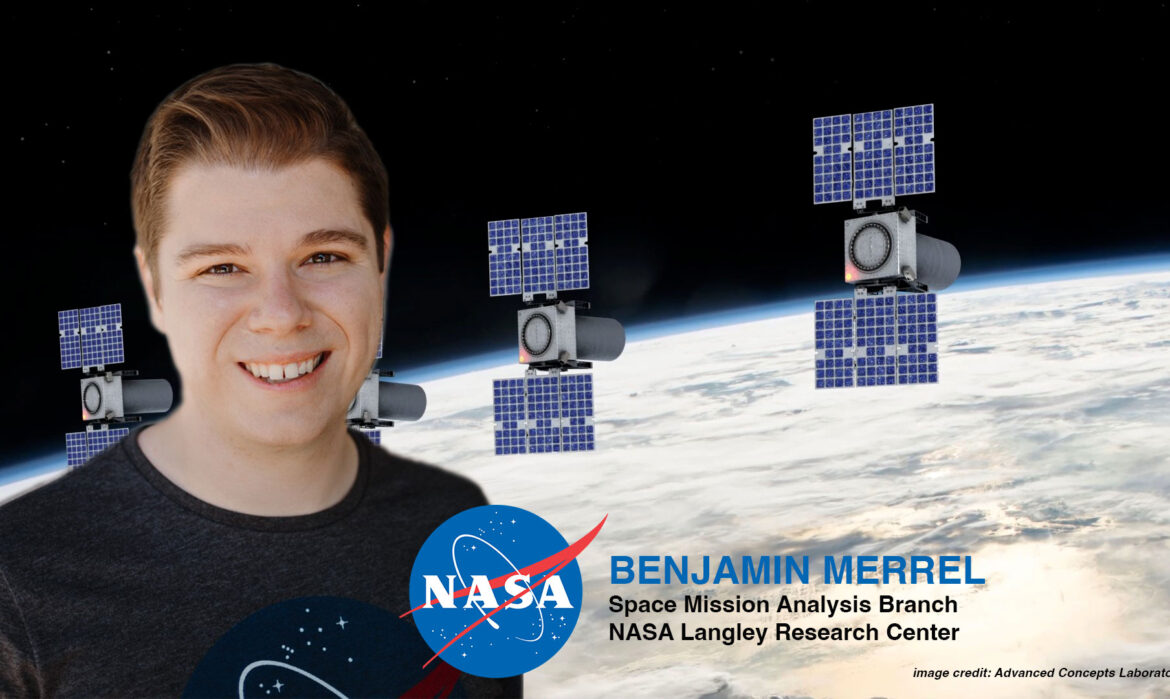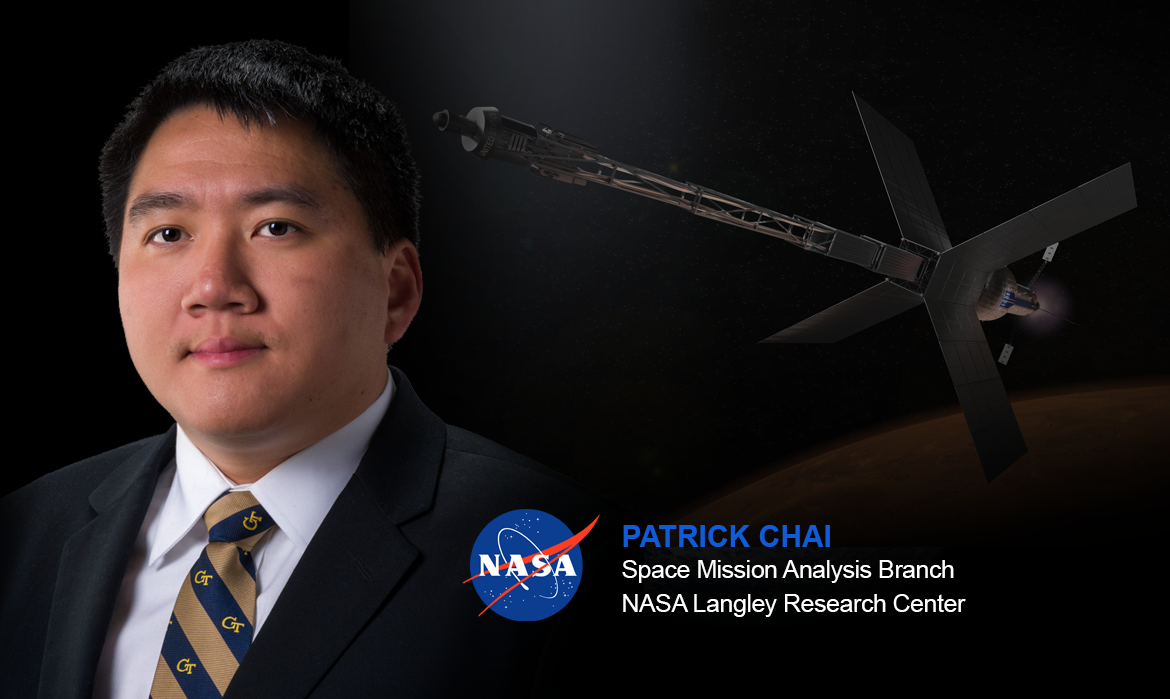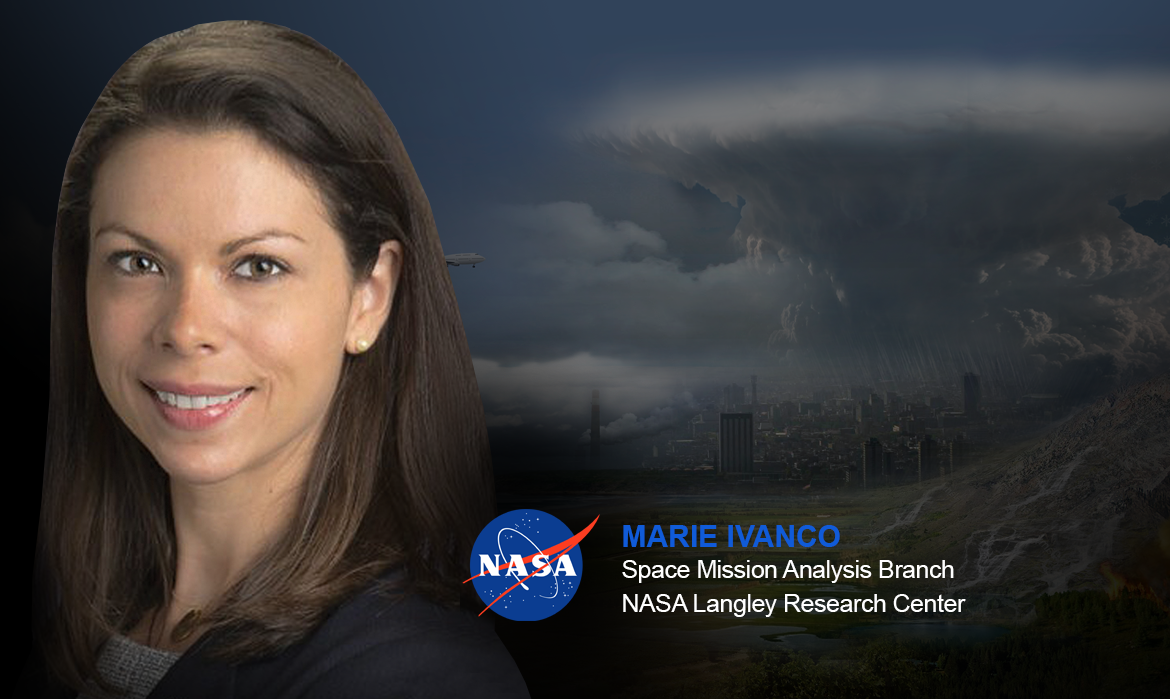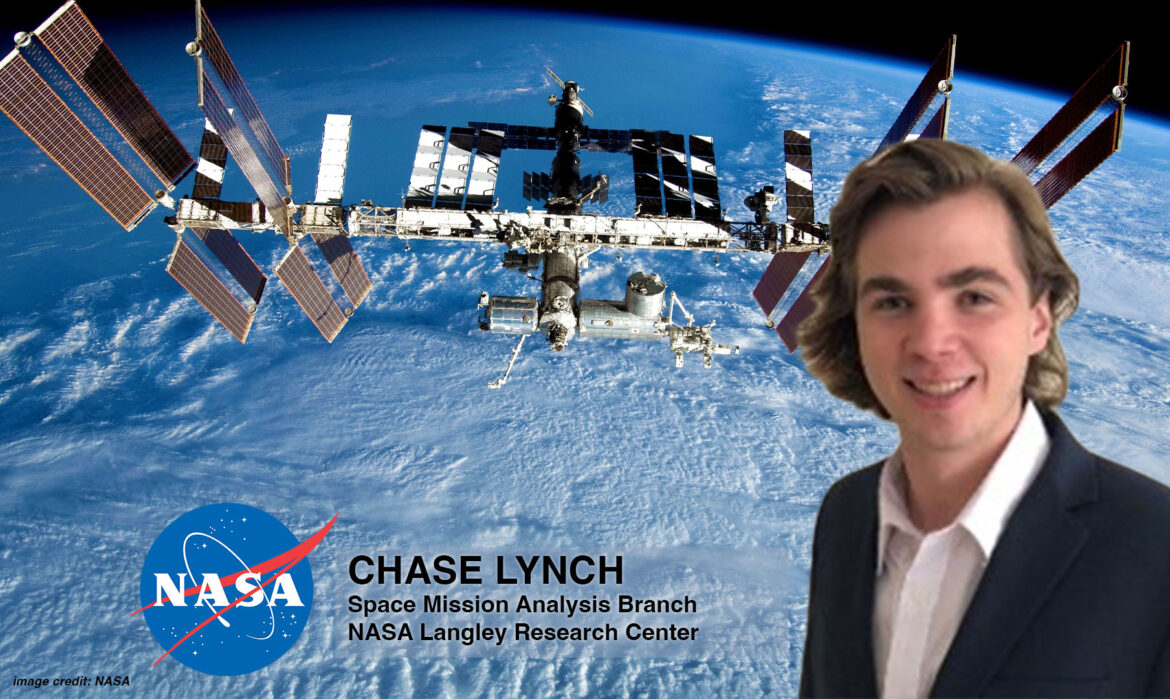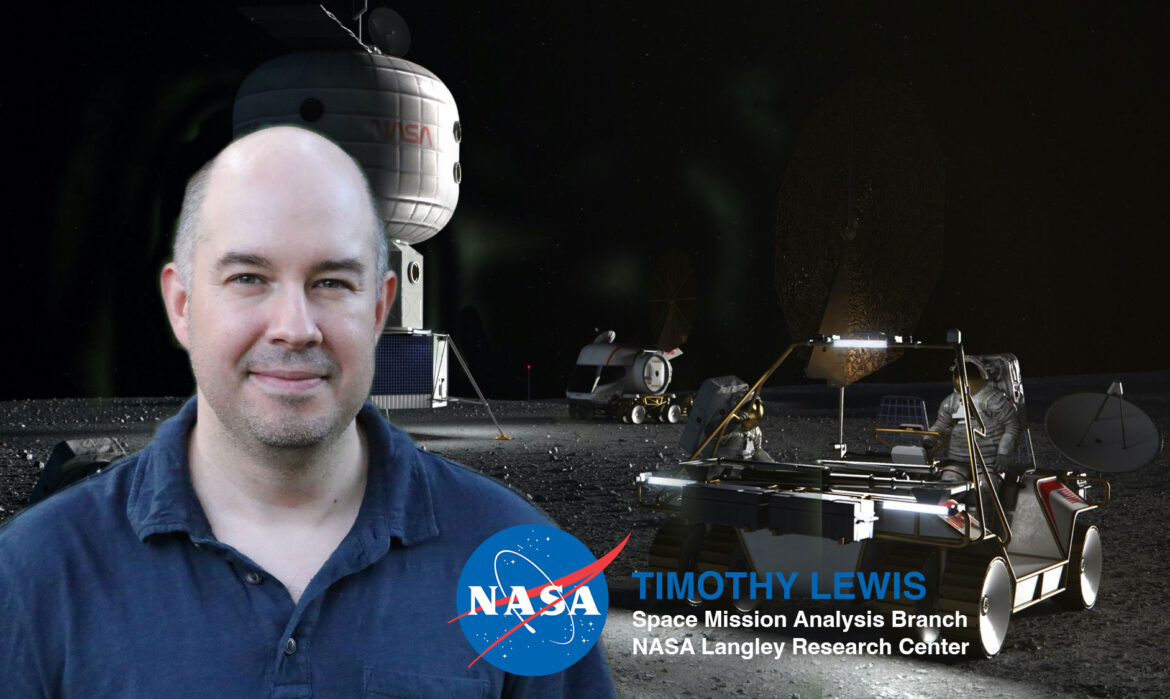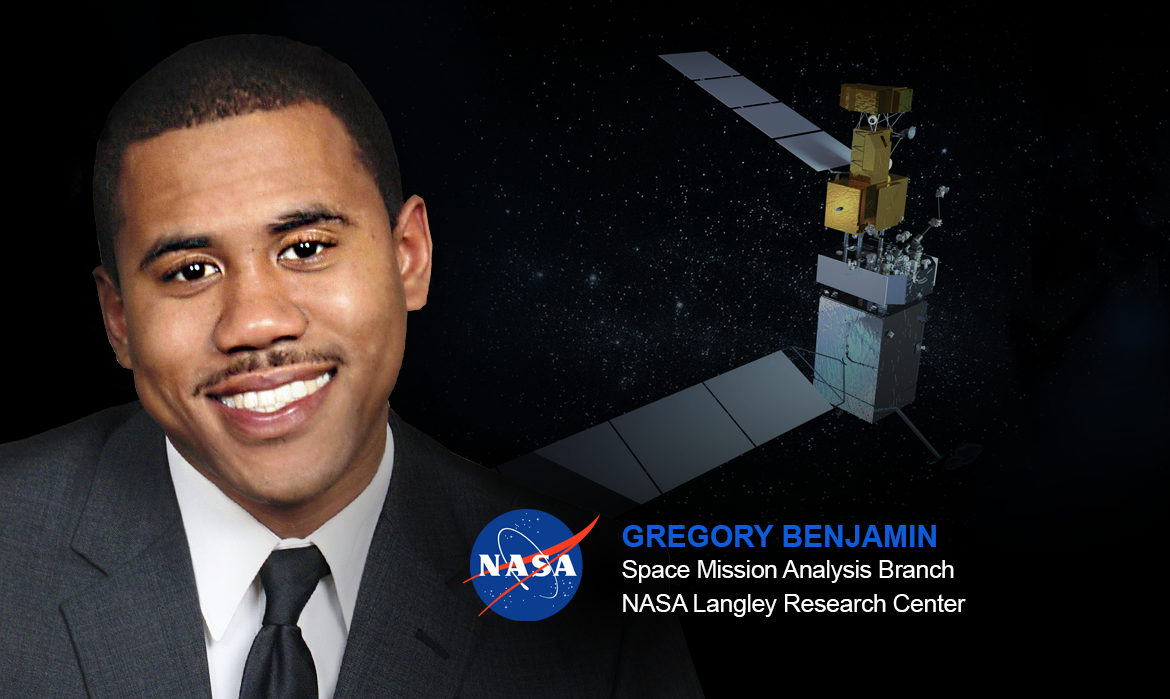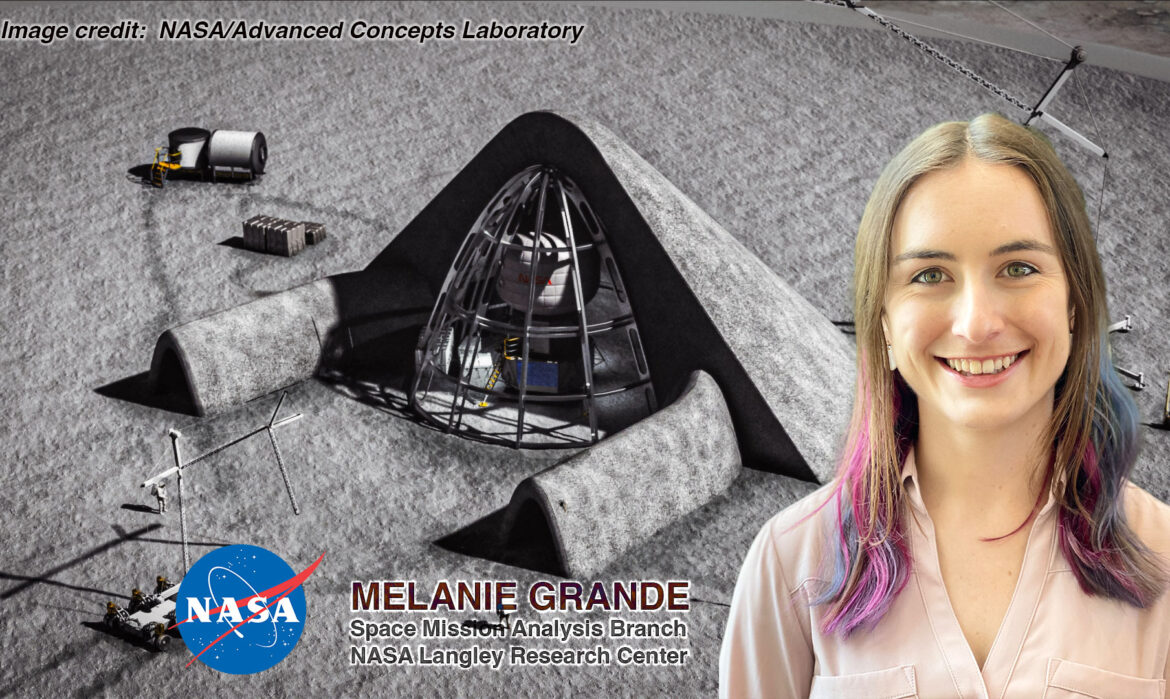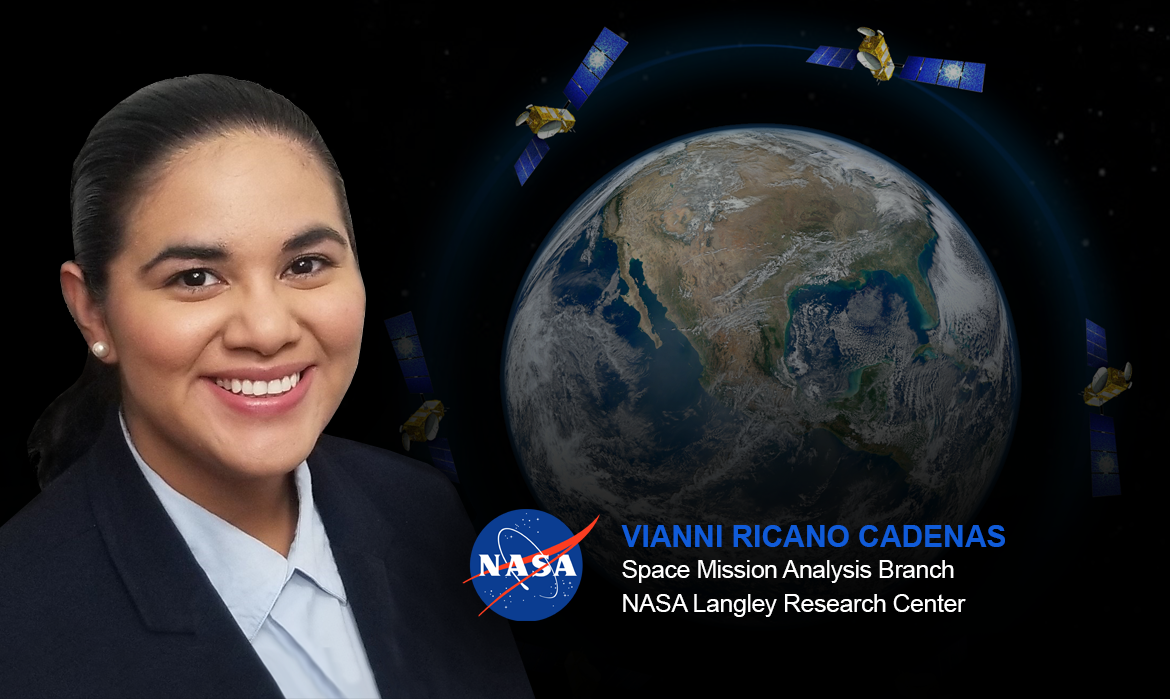Assessing the Reliability of Space Constellations, featuring Ben Merrel
How many satellites does it take to monitor climate change?
While that may sound like one of those lightbulb-changing jokes, it’s the kind of serious question that aerospace engineer Ben Merrel has spent a lot of time considering.
“We want to know how Earth’s weather is changing,” he explains. “We want to put something in space to help us answer that question, but we don’t know what we should put in space. We don’t know if we should put one satellite or if we need 10 of them.”
When there are more than two satellites in a mission, they are referred to as a constellation. The Global Positioning System (GPS), for example, consists of dozens of satellites. While the use of constellations is far from new, analyzing the effectiveness of satellite configurations to determine exactly how many might be needed is.
“And it’s not just a question of which of those configurations is going to get you the answers,” Merrel adds, “but which one is going to most likely stay in place for a long time.”
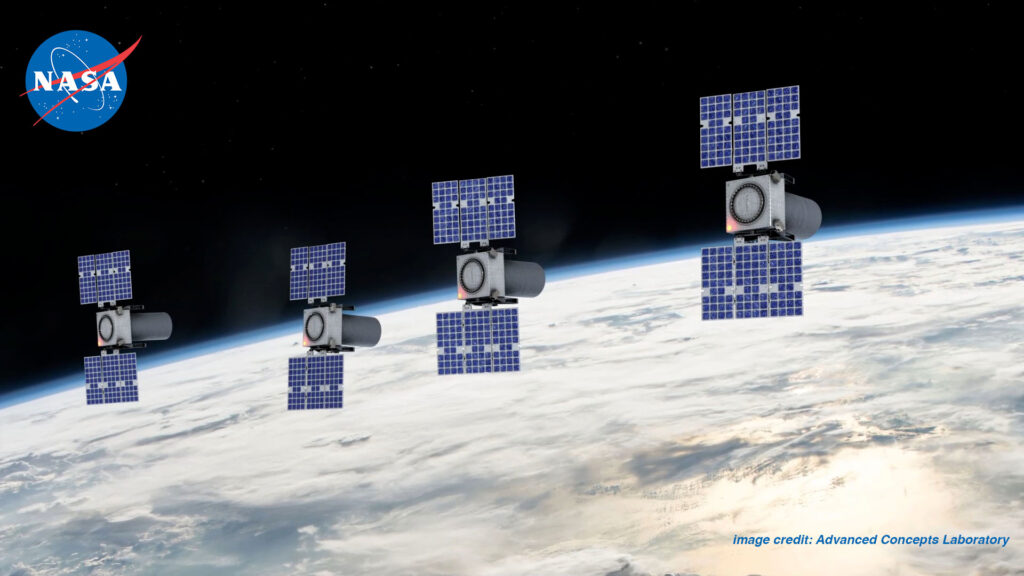
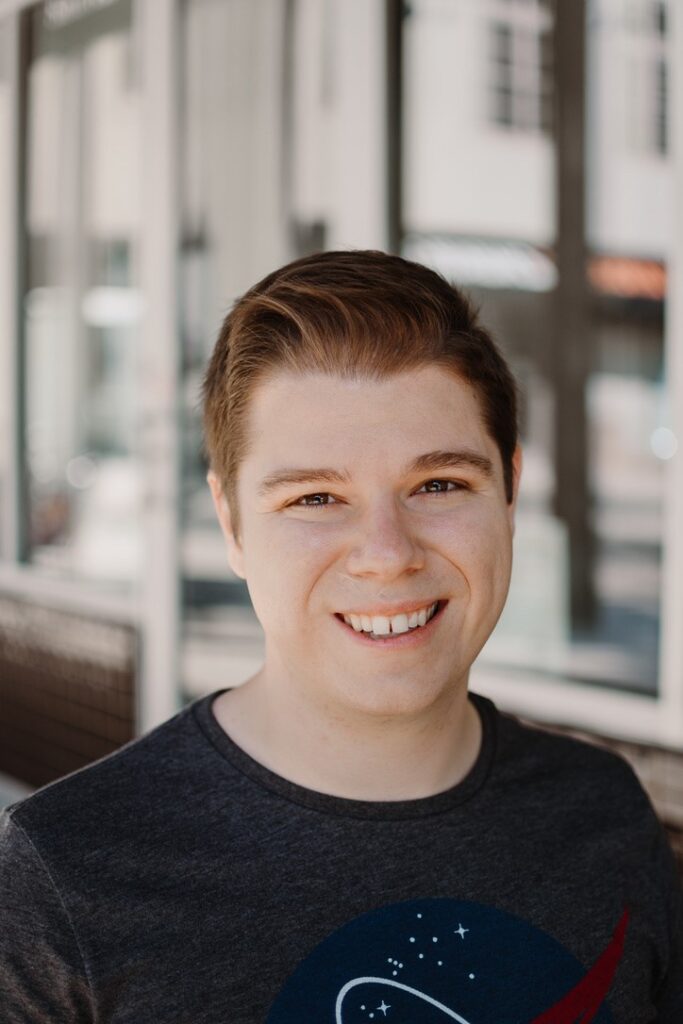
“We’re thinking about the design of spacecraft and space missions to answer big questions about space science, ranging from Earth observation and planetary science to heliophysics.”
Problem-solving from the Start
Merrel works for the Space Mission Analysis Branch (SMAB), part of the Systems Analysis and Concepts Directorate at NASA’s Langley Research Center (LaRC) in Hampton, VA.
As a child, Merrel enjoyed solving problems, and finding that math, science, and drawing helped to do just that led him inevitably down an engineering path. In high school, he spent a couple of weeks at LaRC as a Virginia Aerospace Science and Technology Scholar.
“It really was solidified as a place I’d like to end up someday,” he recalls.
Developing a way to assess the reliability of satellite constellations was exactly the kind of work that attracted Merrel to SMAB, where’s he’s been for almost two years now.
In this particular case, he and his team completed this work to support leaders in the Science Mission Directorate.
“We’re thinking about the design of spacecraft and space missions to answer big questions about space science, ranging from Earth observation and planetary science to heliophysics,” he says. “We’re considering how to assess proposed constellations, how to compare them to other missions, and how to apply existing NASA standards and guidelines to constellation missions.”
“One of the roles that I like to play within SMAB is being comfortable quickly building out the simulations and then using it them to tell a story.”
Proliferation of Constellation Missions
More missions mean more satellites in orbit; even thousands are proposed in extreme cases. NASA needs to be able to understand how those satellites can effectively work together to perform a job. To that end, satellites must be accurately characterized in order to recognize their differences, especially when they are connected as a constellation.
For example, how does the size of a constellation affect reliability? Will it last long enough to satisfy the mission goals? How does one, giant satellite on its own compare to a bunch of collaborating, smaller ones?
“My role was to come in and come up with some kind of a way to study that through computer simulations,” Merrel says. “To go from those big, strategic questions to numbers and dots and lines that we can actually put on a page to answer them.”
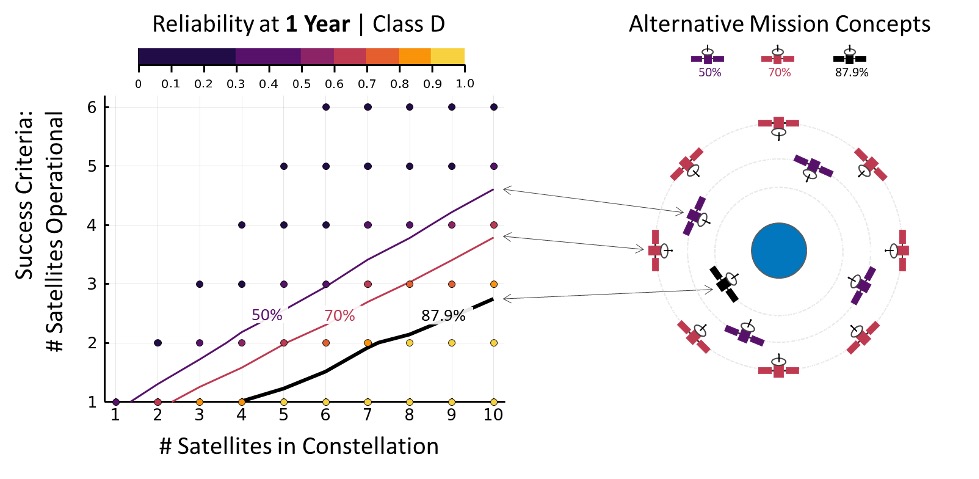
It’s necessary, and often challenging, to translate scads of data into something that all project stakeholders can understand. Visualization of concepts, through animation or drawing, is an effective way to tell a story, and it’s one of Merrel’s favorite things about working for SMAB. He prides himself on being able to take complicated concepts and turn them into data graphics that “can really kind of cut through the noise and get to a particular point.”
There are so many pieces to a successful space mission, and Merrel believes his SMAB colleagues excel at seeing how those pieces fit together to make one big picture.
“When it comes to science missions,” Merrel asserts, “it’s important that NASA is able to correctly evaluate these missions and our guidelines.” He’s confident that his work on space constellations has moved the agency closer to that goal.
Further reading
- NASA’s Reliability and Maintainability program
- Satellite Reliability: Statistical Data Analysis and Modeling
- The Role of Satellite Reliability in Succesful Mission Operations and Post-Mission Disposal
- NASA Small Satellite Reliability Initiative Knowledge Base
- The Small Satellite Reliability Initiative- A Public-Private Collaboration
On Merrel’s Sci Fi Shelf
Luna trilogy (New Moon, Wolf Moon, Moon Rising) by Ian McDonald
“It’s a trilogy of three books about the not-too-distant future on the Moon, where we have these small cities that have been developed. There’s a focus on sustainability on the Moon, and if you can extrapolate that out maybe a few decades, it paints a really vivid picture of what that could look like in both the beauty and the ugliness of that.“
Author: Sondra Woodward
Published: October 2022
